The Independent's journalism is supported by our readers. When you purchase through links on our site, we may earn commission.
How Bijlmer transformed from Amsterdam’s no-go zone to the city’s most exciting ’hood
As this formerly dangerous district celebrates 50 years, Ellen Himelfarb explores its evolution into a dynamic, creative community
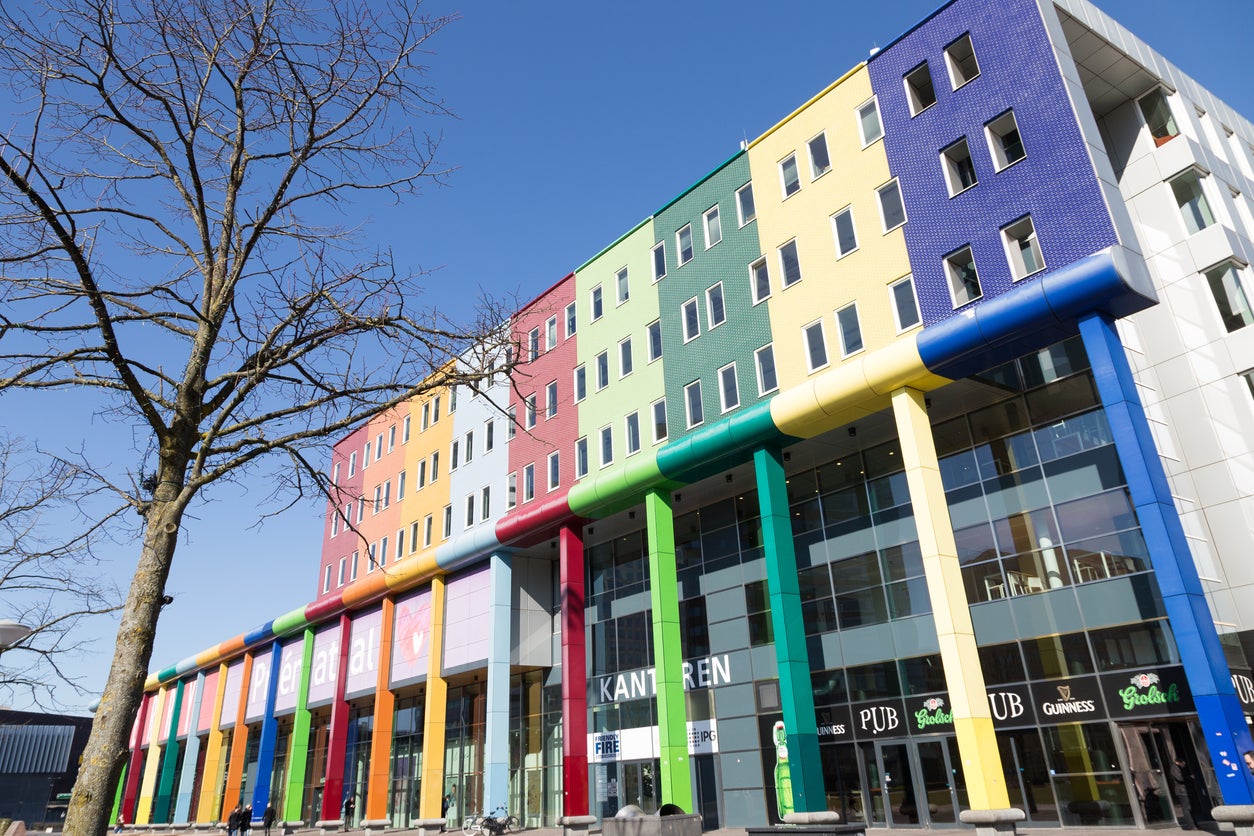
Your support helps us to tell the story
From reproductive rights to climate change to Big Tech, The Independent is on the ground when the story is developing. Whether it's investigating the financials of Elon Musk's pro-Trump PAC or producing our latest documentary, 'The A Word', which shines a light on the American women fighting for reproductive rights, we know how important it is to parse out the facts from the messaging.
At such a critical moment in US history, we need reporters on the ground. Your donation allows us to keep sending journalists to speak to both sides of the story.
The Independent is trusted by Americans across the entire political spectrum. And unlike many other quality news outlets, we choose not to lock Americans out of our reporting and analysis with paywalls. We believe quality journalism should be available to everyone, paid for by those who can afford it.
Your support makes all the difference.The mosaic art of the Growing Monument, a memorial to victims of a plane crash in an area of southeast Amsterdam known as the Bijlmer, sits among orchards and long green vistas with tidy apartments. I hired a bicycle to navigate the miles of trails around it, but that seemed unnecessary in hindsight. Around every bend, I’ve hopped off at an outdoor market, pottery gallery, photogenic mural or boutique showcasing chic dresses in African fabrics. The canalside route to the monument is a hike, but an eminently strollable one.
If you’d been here 30 years ago… well, you’d have started planning your escape the minute you arrived. Back then, tenements crowded this patch of land. Rubbish mounted, tossed out windows by low-income or no-income tenants. Not from the upper floors, though – those flats stayed mostly vacant, except when heroin addicts squatted in them.
Things only got worse. In 1992 an El Al cargo flight, doubling back to Schiphol airport after engine failure, ploughed into two identical towers, killing all 43 residents.
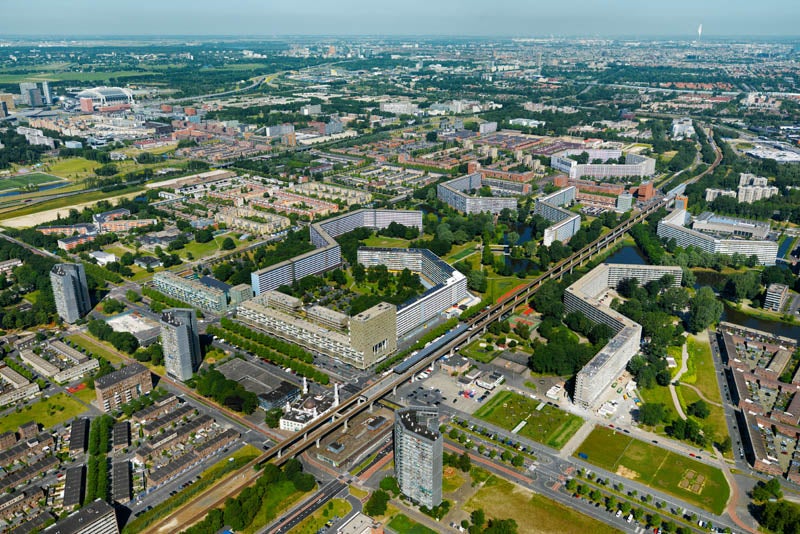
The disaster was one of Grenfell proportions for Amsterdam. An urban housing project designed in the late 1960s around the same idealistic principles as Erno Goldfinger’s Brutalist utopias in west London, the Bijlmer (official name: Bijlmermeer) ultimately fell short in almost every respect. Its zigzag apartment blocks, in honeycomb-like formations, isolated residents in a confusing labyrinth devoid of public transport and amenities. Elevated roads turned life at ground level into a dangerous desert. Construction sucked up public money at the expense of landscaping. The Bijlmer became a depository for arrivals from Suriname and the Congo.
And now it was a literal disaster area.
So few public housing projects from the 1960s have anything to celebrate. And yet this month, after years of reconstruction, the Bijlmer is celebrating 50 years as Amsterdam’s most hopeful, feared and now promising neighbourhood. There’s a programme of talks and exhibitions, reaching a climax on the weekend of 24-25 November, with screenings of films from around the world, Afrodance performances and the launch of “50 Years of Bijlmer”, a photo memoir by gallerist, broadcaster and Bijlmer pioneer Henno Eggenkamp.
Since the 1990s, the city has seen campaigns to raze its most heinous buildings and rebuild at a more human scale. It recruited young artists to join a “creative community” of vibrantly painted studios, subsidised theatres and museums. New cafes such as snug Oma Ietje – a de facto workplace for young freelancers – have brought the area to the verge of gentrification without being consumed by it.
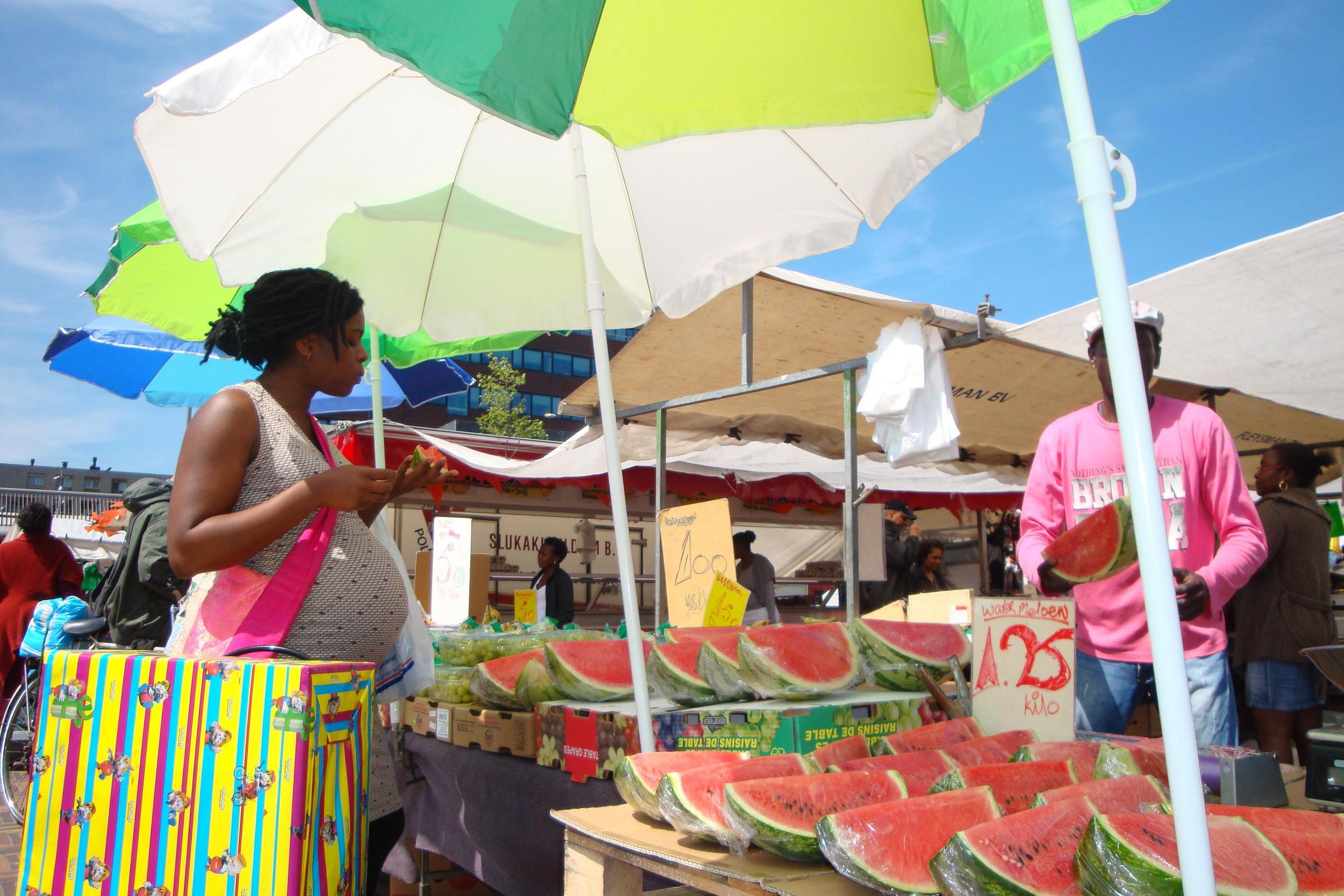
Locals are reaping the benefits. Jenny van Dalen, a so-called Bijlmer Believer, moved into the area 33 years ago. She leads walking tours that you might once have classified as “ghetto tourism”, visiting monolithic highrises the likes of which rappers would use as video backdrops. But these days she fields requests from architecture students and city planners. “The rappers,” she says, “need something new to rap about.”
Nicknamed Street Girl of the Southeast, Jenny takes me to the new contemporary art space OSCAM, where an exhibit features photography from a nearby youth group.
We cycle on to Kleiburg, one of the last original honeycomb buildings – stripped back, renovated and sold as live-work spaces. As we approach, a self-styled “abbot” named Johannes van den Akker calls out to Jenny from his sweeping balcony. Johannes runs a commune from Kleiburg centred around a makeshift wood-panelled chapel. And to finance it, he’s begun producing small-batch ales from a cavernous microbrewery at a farm-to-table restaurant on the other side of the Bijlmer. We make plans to meet him there later.
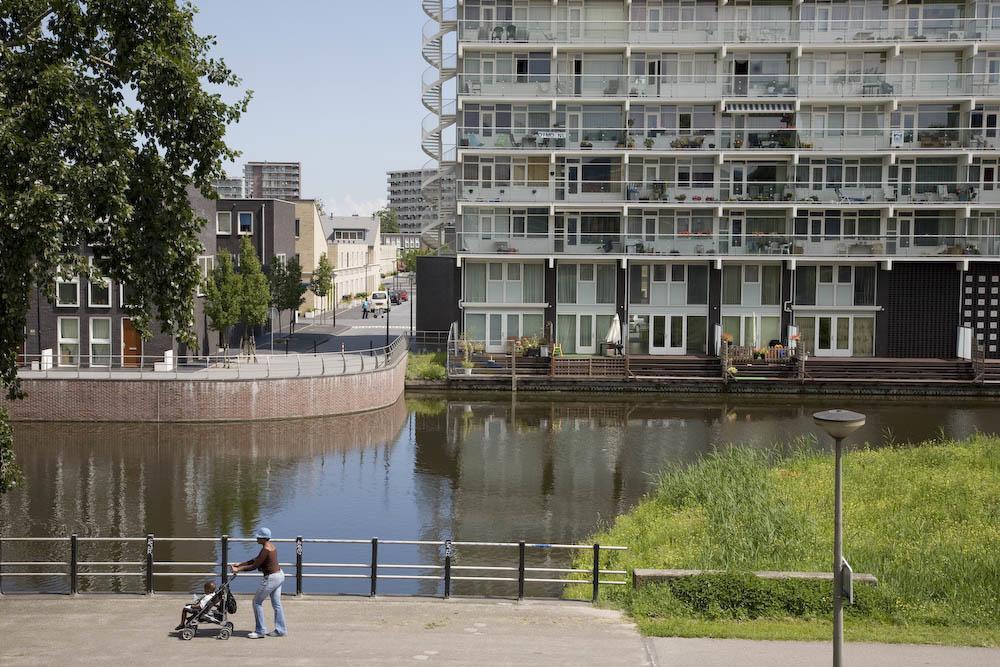
But first we wheel across the fastidiously tended Nelson Mandelapark. A year from now the motorway along the park’s southern end will be rerouted underground and the surface level converted to greenbelt, linked with parkland further east. Hopes are it’ll lure people to the elliptical, aluminium-clad Parktheater, jutting over a pond in Mandelapark, past the outdoor sculpture that rises from the lawn like a phoenix, a symbol of the neighbourhood.
The lowrise estates rippling out from here integrate all the best ideas from Dutch social housing: tall, grandstanding windows, handsomely weathered wood-slat siding, jauntily painted doors and vast terraces overlooking canals. They house pretty much every one of the 150 nationalities living in the Netherlands today.
The Bijlmer’s actual birthday is still weeks away, and I’ve missed the art and music festival 24H Zuidoost, but there’s always some sort of celebration underway here. Alighting at a municipal square paved with herringbone brick, Jenny is unfazed to find a Ghanaian troupe in woven robes and kufi hats rehearsing for the perennial Dance with the Kings.
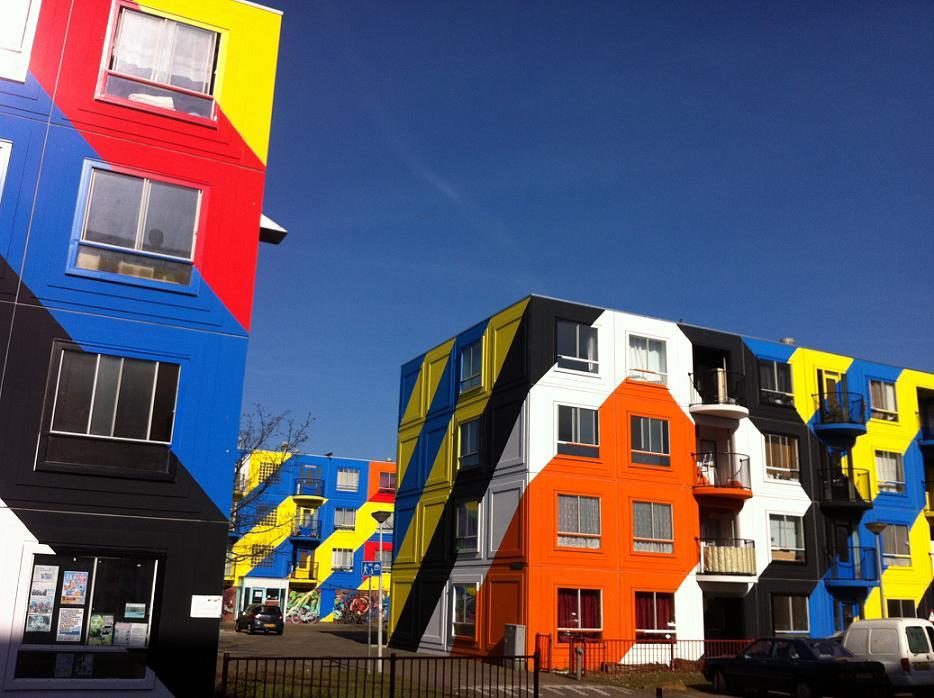
“One of my wishes was always to travel the world,” says Jenny. “I didn’t have the money, but the world is right here.”
At World of Food, I queue for crisp, charred Surinamese chicken noodles, called tjauw minh. The Surinamese founder of the food hall, Sarriel Taus, introduces me to chefs from 26 international stalls, recruited from the immediate area. The multi-storey hall was once a derelict car park.
“There are no more no-go areas in this neighbourhood,” says Taus. “There’s a lot of entrepreneurial spirit in these flats. It’s made the worst place in the Bijlmer into somewhere people want to go to sample the culinary richness.”
The Saturday evening crowds are as diverse as the staff. But on weekdays, Taus tells me, the suits migrate here from over the train tracks, a symbolic frontier people once called the Iron Curtain. The offices and arenas on the other side earn more per square kilometre than anywhere else in Holland.
But when it comes to lunch, says Taus, “they all want to be here”.
Travel essentials
Getting there
Eurostar connects London and Amsterdam from £70 return.
Easyjet flies from London Stansted to Amsterdam Schiphol from £35 return.
Staying there
B&B Zoh, in the Heesterveld Creative Community, offers doubles from £53, room only.
Read More
Join our commenting forum
Join thought-provoking conversations, follow other Independent readers and see their replies
Comments